Information
Setting up Bleed for Print
Bleed for Print
One of the most difficult concepts to understand in printing is Bleed. Don’t worry, it’s not as dangerous or messy as it sounds. It’s a way of planning for the inherent imperfections in the process of turning your files into printed products.
 If your design has color or elements that run off the edge of the page, you’ll need to add a BLEED to your document. Think of it as the extra bit around the edges that can be cut away without affecting the design. Printing is ultimately a mechanical process; paper enters a machine (in this case a printer or press), ink is applied, and it comes out the other side. Every sheet of paper that runs through the machine can shift and move by a sixteenth of an inch or more because that paper has such a long path to travel.
If your design has color or elements that run off the edge of the page, you’ll need to add a BLEED to your document. Think of it as the extra bit around the edges that can be cut away without affecting the design. Printing is ultimately a mechanical process; paper enters a machine (in this case a printer or press), ink is applied, and it comes out the other side. Every sheet of paper that runs through the machine can shift and move by a sixteenth of an inch or more because that paper has such a long path to travel.
This is oversimplifying a bit, but the basic idea is there. If we didn’t take these shifts of paper into account, when the sheet is cut out, you may see extra white paper around the edges of the offending sheets. To avoid this, we want to stretch the color of the design out past where we want to cut it. This way, even if it shifts, we won’t see it.
NOTE: Another tricky-wicket when designing can be borders. If you have a solid border around your artwork, you’ll want to make sure that it extends INTO the Safe Zone of your design by at least.25″. This way, when your print is cut the border will appear even despite the variances in printing. Otherwise you could end up with a lopsided border that isn’t consistent throughout the run of prints.

Cut Edge: This line represents the finished cut edge of the piece.
Live Area (Safe Zone): The area that is considered safe to keep information or important elements within.
Bleed Area & Edge: The more bleed, the better. This area is the overage you need to provide if the color of your design goes all the way to the edge. Keep in mind anything in this area will be cut off, but you need something here so you don’t get white space at the edge of your finished card. Printers tend to shift minutely when printing, so not every sheet is always perfectly aligned, this extra space accounts for that shift.
The absolute minimum bleed you need for a printed piece is 0.125 in (1/8 in) per edge but some pieces require more than that. So if you are working with an image in Photoshop or Illustrator and placing it in InDesign for print preparation, keep in mind the area you might need to use for the bleed.
Crop Marks: Indicates where the print shop with cut the paper to create the finished piece.
